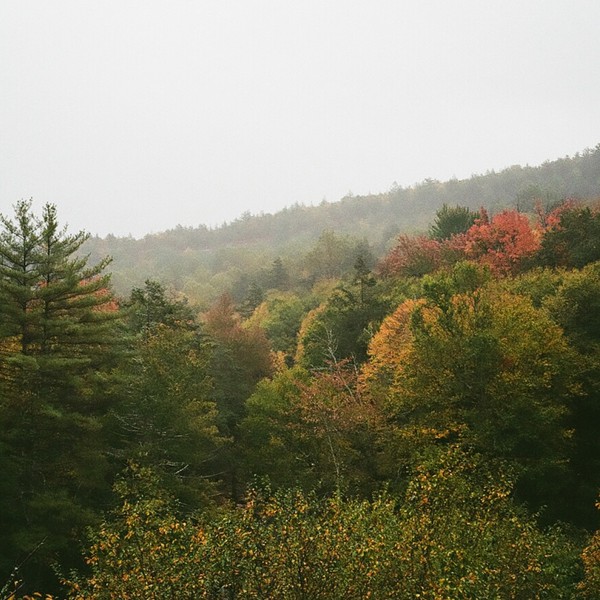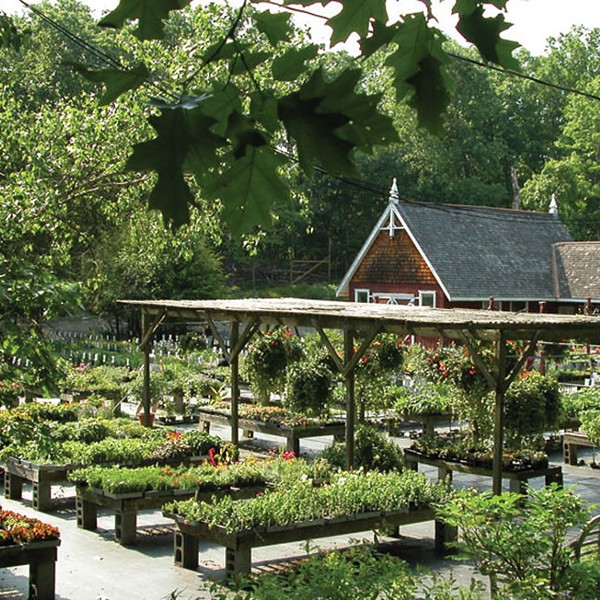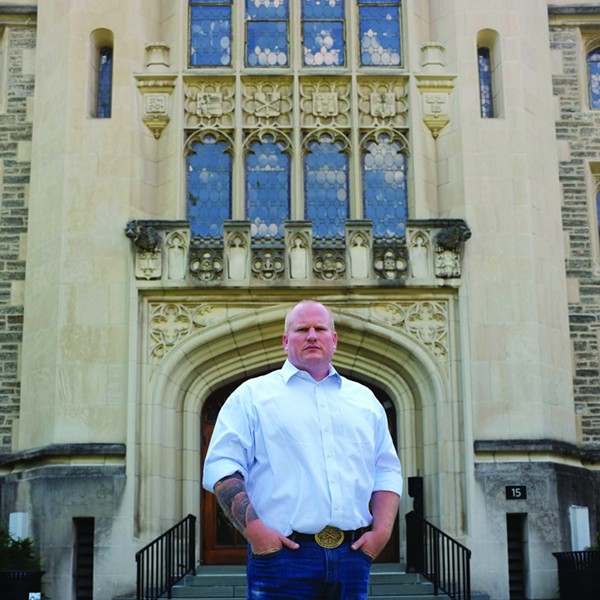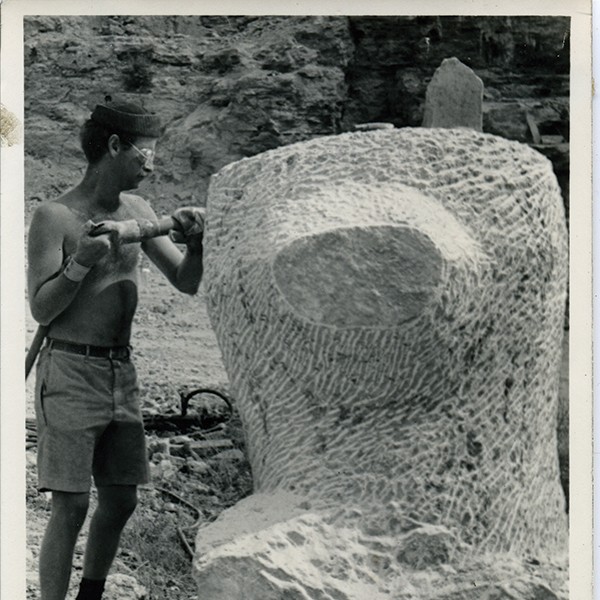“I have a theory that the cancer cluster in the south of Iraq has nothing to do with depleted uranium,” said Alwash. “I think the major cause is the fact that they are drinking the industrial pollution of all of the country down in the south. That’s what they are drinking.” While admitting DU could be part of the problem, he explained that in its campaign to exterminate the southern Shiite and Marsh Arab populations, not only did the Hussein regime not want outsiders coming into Iraq to clean up the DU, but was delighted by the fact that pollution might be aiding its agenda. “The previous Iraqi regime was so paranoid, it wouldn’t let anybody do anything to help. And besides, who is going to be hurt? The Shiite in the south? Let them die. Who the hell cares? [Cancer-causing DU] was good propaganda.”
REBIRTHING THE GARDEN OF EDEN
Horrified by the UNEP report, and in the case of Alwash, fed by memories of accompanying his father to work in the marshlands, the Drs. Alwash, as members of the Iraq Foundation, began working from a spare bedroom in their home and with the help of $120,000 funding from the US State Department, created Eden Again Project in 2002. The duo assembled a group of international experts to evaluate the potential for restoration of the marshes. They eventually determined that the marshes could and should be restored. This same group then began work on a series of documents and plans that could be implemented by Iraqis to reverse the devastation as soon as circumstances allowed.
Not long after the last bomb of Operation Iraqi Freedom’s Shock and Awe Campaign had fallen (rumor says before the last bomb had fallen), local marsh dwellers and the Iraqi Ministry of Waters Resources began to implement the reflooding of the marshes. Today, 65 percent of the marshes have been reflooded, with over half of it being revegetated, thanks to the growing partnership of “The New Eden Team,” consisting of Nature Iraq, various Iraqi Ministries and science communities, Italian experts, and many concerned citizens who live in the southern Iraq region.
While some sections of the rare aquatic landscape captured within the desert remain barren, and others are slow to recover, other large areas have been completely restored due to the rapid regrowth of the marshland vegetation. Assessment of the ecosystem’s recovery is underway and it is hoped that the habitats that once held important populations of wildlife, including endemic species of mammals, birds, and fish that were endangered (and many worry are now extinct), will experience regeneration and thus foster reintroduction of species thought to be lost in the devastation. Once a key wintering and staging site of the intercontinental migration of birds, the devastation of the marshes put at least 40 bird species at risk and greatly reduced their numbers. However, Marshland and Persian Gulf fisheries that saw great reductions in fish populations due to the loss of marsh spawning and nursery grounds are becoming hopeful that the bird and fish populations will thrive and flourish once again. One hopeful sign is the return of the threatened Iraq babbler. Not seen for decades, its babble can now be heard once again, mingling among the approximate 80 other bird species that have returned to the reed bed environ.
The best news, however, is that along with the return of the plant and animal life, the Marsh Arabs are also returning. It is estimated that as many as 80,000 marsh dwellers have returned to their traditional lifestyles in the areas that have been refl ooded. Reed houses on mud islands; herds of water buffalo with only their noses and the tips of their horns peeking above the water as they swim; fi shermen fi shing from their reed canoes; men and women weaving sliced reeds into mats; and the gathering, drying, and cutting into blocks of buffalo droppings to be used later for fuel—all of these remnants of a 5,000-year old culture thought forever lost are returning—have been birthed anew.
A NATIONAL PARK? IN IRAQ?
It is in this regenerating region where Iraq’s first National Park is planned. In May 2004, Nature Iraq under its former Eden Again persona, working alongside Iraq’s Ministry of Water Resources, declared the restoration of the marshes a highest priority. With the help and generous financial and other support of their Italian partners, Italy’s Ministry of the Environment and Territory, plans were put in motion to develop a sustainable restoration plan for the marshlands. One of the projects proposed by the Italians was to do marshland National Park feasibility study, the goal of which was to bring sustainable economic development to the area that would restore, protect, and preserve the environment.
















